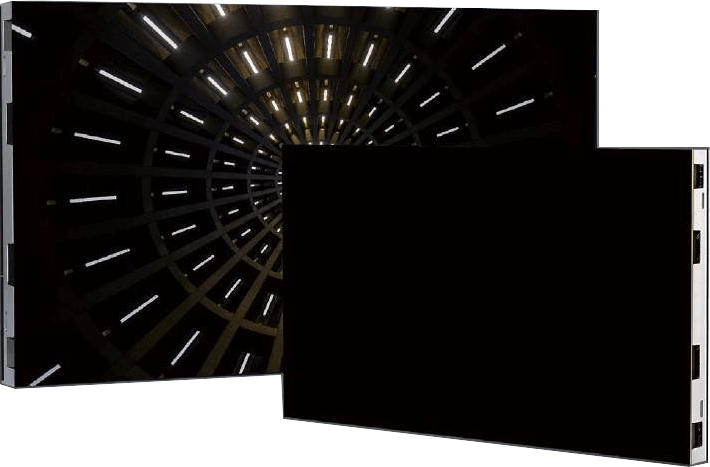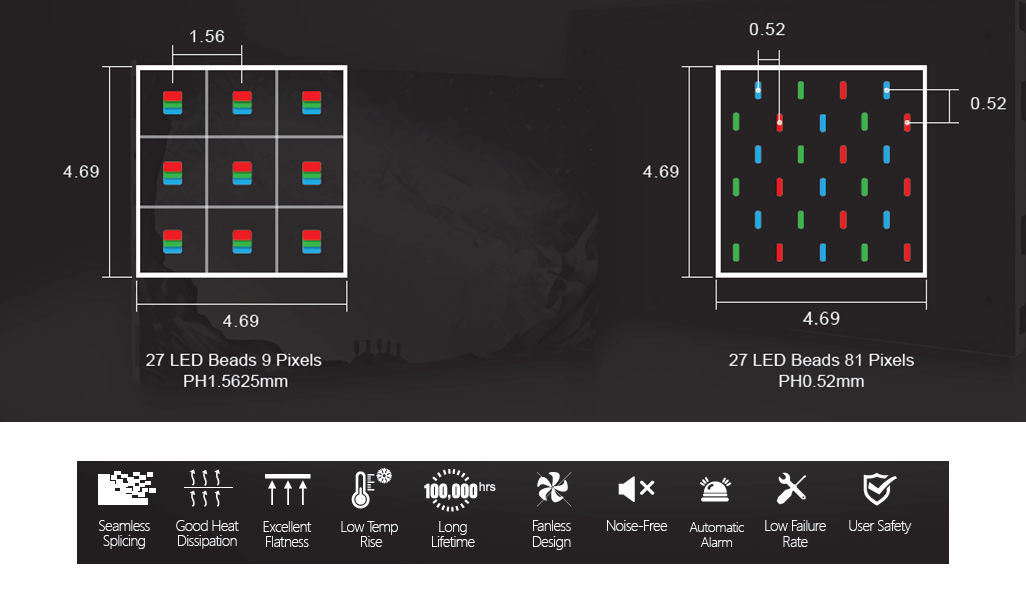Welcome to Pensar LED.
The leading provider in state-of-the-art LED fine pitch video wall solutions.
The leading provider in state-of-the-art LED fine pitch video wall solutions.


Flip chip CoB (Chip-on-Board) refers to a packaging technology used in the electronics industry to mount microchips directly onto a printed circuit board (PCB) or substrate. The “flip chip” part refers to the method of interconnecting the chip to the substrate, and “CoB” indicates the packaging technique of mounting the chip directly onto the board.
In flip chip CoB, the microchip is typically an integrated circuit (IC) or a semiconductor device that contains various electronic components. Instead of traditional wire bonding, the flip chip process involves directly connecting the active surface of the chip to the substrate, which provides several advantages including improved electrical performance, reduced package size, and enhanced thermal management.
The flip chip bonding technique utilizes an array of tiny solder bumps (made of lead-free solder) on the active side of the chip. These bumps serve as electrical connections and mechanical support. The chip is then “flipped” and aligned with the corresponding solder pads on the substrate. The entire assembly is then subjected to a reflow process, where the solder bumps melt and create strong interconnections between the chip and the substrate.
By utilizing flip chip CoB, the electrical signals can travel shorter distances, resulting in reduced inductance and improved performance. Additionally, the absence of wire bonds allows for higher-density packaging, as more interconnects can be accommodated in a given area. The direct thermal conduction between the chip and the substrate also facilitates better heat dissipation, enabling efficient cooling of the microchip.
Flip chip CoB is commonly used in various electronic devices, such as smartphones, tablets, gaming consoles, and high-performance computing systems, where space constraints, thermal management, and electrical performance are critical considerations.
